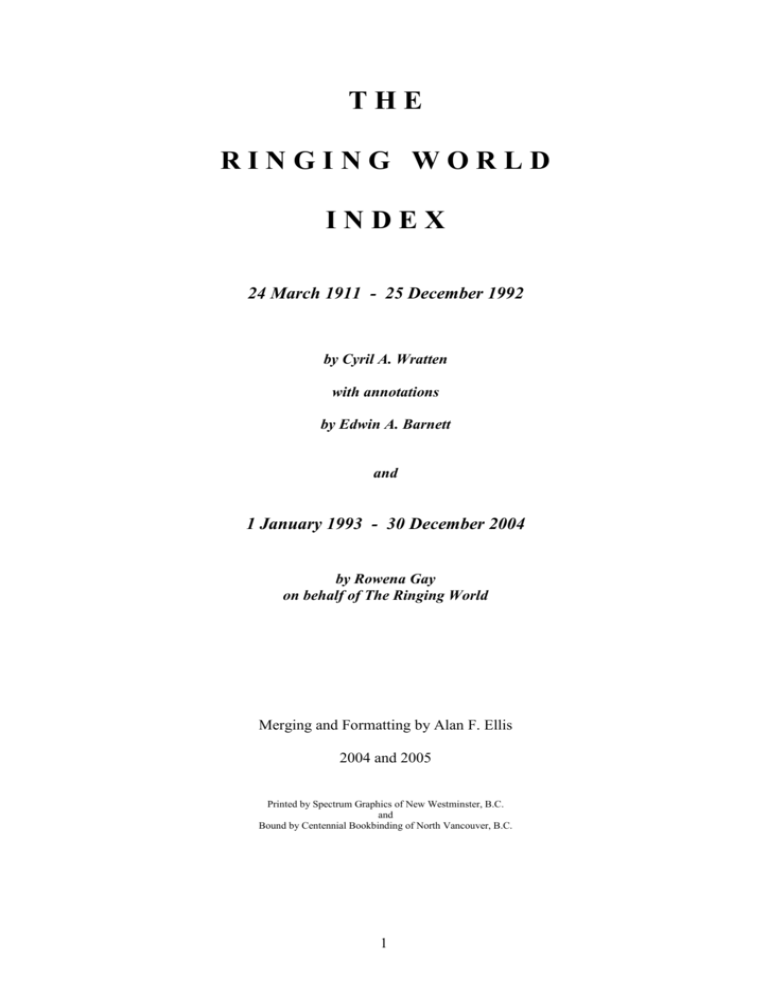

The second section of the book has 403 essays, each discussing a work of short fiction by one of the entrants.

Each essay ends with the contributor’s byline. The bibliography ends with a selected list of critical studies about the author’s work.Ĭritical essay on the entrant’s short fiction, written by an established scholar, editor, reviewer, or fiction writer. Edited and translated books are included, as well as media adaptations, theatrical activities, and manuscript collections.

Each entry has the following organization: The first contains biographical and bibliographic information, as well as brief critical essays, on all the book’s entrants. Reference Guide to Short Fiction is divided into two major sections. The remaining entrants span the globe: 56 from continental Western Europe, 32 from Eastern Europe and Russia, 16 from Africa and the Middle East, 29 from Asia, 28 from Australia and New Zealand, 1 from Samoa, and 29 from Mexico, the Caribbean, and South America. More than a quarter, or 109, of the entrants are American or Canadian, while about 20 percent, or 76, are listed as British, English, Scottish, Welsh, or Irish. Reflecting this, the entrants have a wide range of nationalities. Although the majority of the book’s entrants wrote their stories in English, more than a third wrote in other languages, such as French, Spanish, German, Italian, Polish, Czech, Russian, Bengali, Urdu, Chinese, and Japanese. Night Geometry and the Garscadden Trains, her first collection of short stories, won the Saltire Award for Best First Book and was published when Kennedy was just 25 years old. The earliest writer in the book, born in 1313, is Giovanni Boccaccio, who in 1348 in Florence witnessed the sickness, death, and social isolation caused by the plague, an experience that led to his most famous work, Decameron (Ten Days). Of these authors, almost all were born after 1750. Now in its second edition, the Reference Guide to Short Fiction provides critical coverage of 376 writers of short stories and novellas. James Press is an imprint of Gale 10 9 8 7 6 5 4 3 2 1 Printed in the United States of America St. Includes bibliographical references and index. of: Reference guide to short fiction / editor, Noelle Watson. Farmington Hills, MI 48331-3535 All rights reserved including the right of reproduction in whole or in part in any form. All rights to this publication will be vigorously defended.Ĭopyright © 1999 St. The authors and editors of this work have added value to the underlying factual material herein through one or more of the following: unique and original selection, coordination, expression, arrangement, and classification of the information. This publication is a creative work fully protected by all applicable copyright laws, as well as by misappropriation, trade secret, unfair competition, and other applicable laws. Errors brought to the attention of the publisher and verified to the satisfaction of the publisher will be corrected in future editions. James Press accepts no payment for listing and inclusion of any organization, agency, institution, publication, service, or individual does not imply endorsement of the editors or publisher. James Press does not guarantee the accuracy of the data contained herein. While every effort has been made to ensure the reliability of the information presented in this publication, St. James Press Mary Beth Trimper, Production Director Deborah Milliken, Production Assistant Cynthia Baldwin, Product Design Manager Eric Johnson, Art Director Elert, Miranda Ferrara, Margaret Mazurkiewicz, Michael J. Thomas Riggs, Editor Sally Cobau, Assistant Editor Terry Bain, Associate Editor Barbara Bigelow, Janice Jorgenson, Elizabeth Oakes, Robert Rauch Kristin Hart, Project Coordinator Laura Standley Berger, Joann Cerrito, Dave Collins, Nicolet V. JAMES PRESS Detroit London Washington D.C.Īmerican Literature English Literature, 3 vols.


 0 kommentar(er)
0 kommentar(er)
